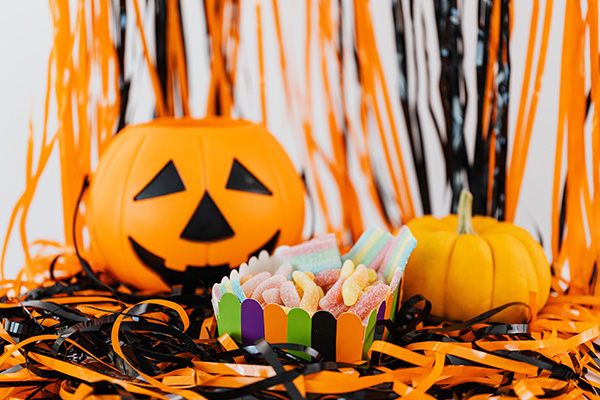
Despite COVID-19, American consumers have been creating new and innovative ways to celebrate the most chilling time of year
For many, 2020 has been a frightful year – especially due to the COVID-19 pandemic – but that hasn't stopped the overall national excitement for Halloween, nor has it stopped consumers from planning to celebrate the most chilling time of year.
According to data from the National Retail Federation (NRF), 58% of consumers still plan to celebrate Halloween in some fashion, with average projected spending of $92.12 per person and $8.05B nationwide.
However, the ways in which people are planning to celebrate Halloween will differ slightly this year, but still hold many of the same traditions familiar with the season. The NRF's annual survey conducted by Prosper Insight's and Analytics reports that among those celebrating Halloween, safe stay-at-home activities ranked the highest: 53% plan to decorate their homes, 46% plan to carve a pumpkin, and 18% plan to dress up their pet(s).
Festivities impacted the most by the pandemic include trick-or-treating, parties, handing out candy, and visiting haunted houses, largely due to the inability to social distance. Yet, some have found creative ways to continue these traditions, whether it be through creative creations, such as candy delivering zip-lines, or scheduling Halloween Zoom parties with friends and family.
Despite it all, there's still one Halloween treat that consumers can't be scared away from – candy. In their interview with Christopher Gindlesperger, senior vice president of public affairs and communications at the National Confectioners Association, he told the NRF that Halloween candy accounts for $4.6B sales annually.
Gindlesperger also explained that as consumers have begun seeking more areas of positive focus among the pandemic, their excitement for the season has grown, with the sales of chocolate and candy up 4% since March 2020. This is also reflected in the NFR's survey data, especially among consumers aged 18-24, who are spending $11 more than average on both candy and decorations.
If anything, the data being gleaned from Halloween 2020 represents the resiliency of consumers and beloved traditions. Even if things look a bit different, beloved holidays always find a way, especially those with longstanding popularity.
As Hospitality and Retail Management associate chair Deborah Fowler, Ph.D., explains, there are many reasons Halloween's popularity withstands, but there are some that stand out among others.
"I think there a number of reasons Halloween is one of the most popular holidays in the U.S. including, but not limited to: it is the beginning of the holiday season, it is an opportunity for children and adults to dress up, and, prior to Covid-19, a reason to celebrate with friends."
